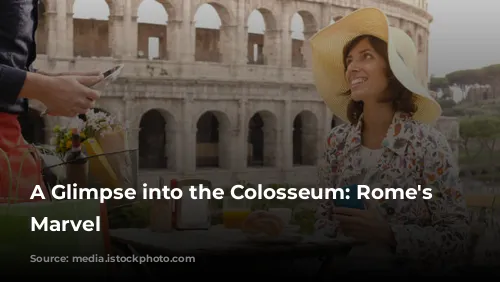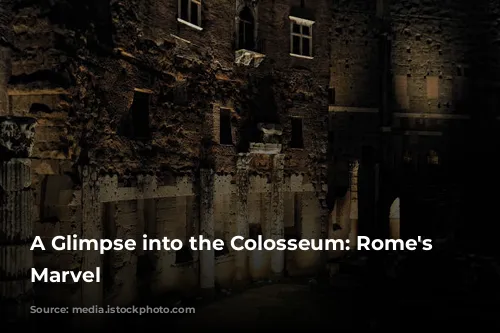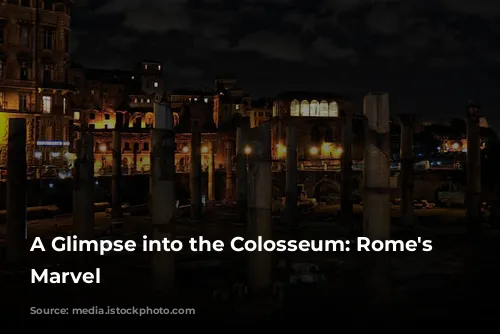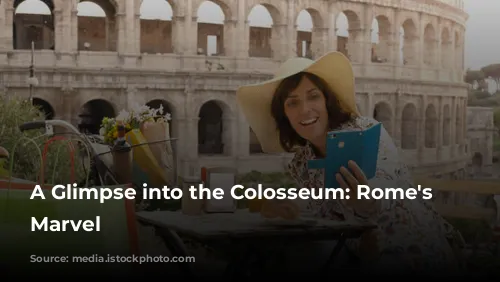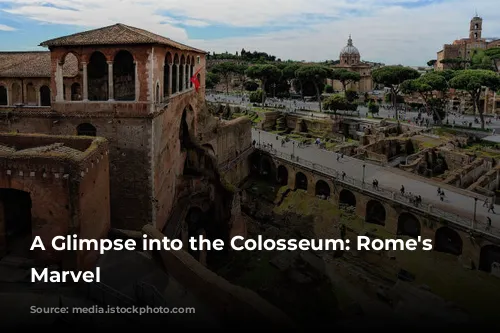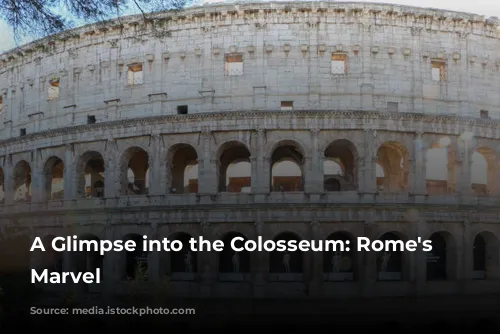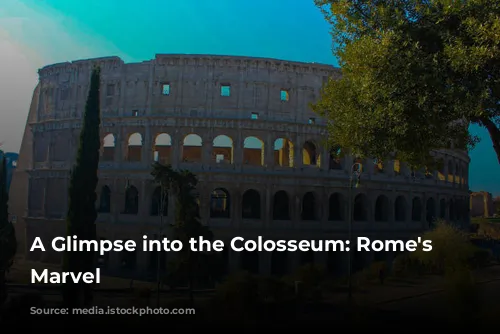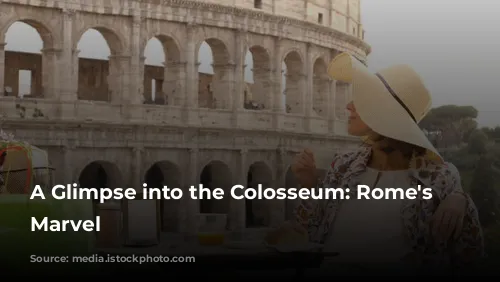The Colosseum, a monument to Roman power and engineering, stands as a testament to the grandeur of the ancient world. This iconic amphitheater, visible today in all its glory, was not the first of its kind. Before its construction, amphitheaters were temporary structures, built from wood as needed. The Colosseum, however, was built to last, a permanent testament to Rome’s dominance. Its massive size, second only to the Circus Maximus, was a marvel of engineering and design. The Colosseum, unlike the Circus Maximus, was not only a site for chariot races but a stage for brutal blood sports, showcasing gladiatorial combat, animal hunts, and even prisoner executions. The elliptical architecture, a deliberate choice, ensured visibility from every seat, allowing spectators to witness the spectacle from every vantage point.
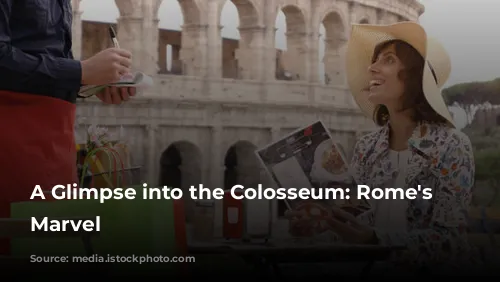
A Masterpiece of Engineering and Design
The exterior of the Colosseum is a testament to Roman architectural ingenuity. The facade, boasting four levels, is adorned with a staggering 80 arches on each of the bottom three levels. These arches, not just a stylistic choice, served a crucial structural purpose, enabling the construction of such an immense structure. They also offered a visual balance, lightening the massive building’s weight, making it appear less imposing. Furthermore, the arches symbolized the triumphal arches that celebrated Roman victories, a reminder that the Colosseum was built with the spoils of war, specifically from the conquest of Judea.
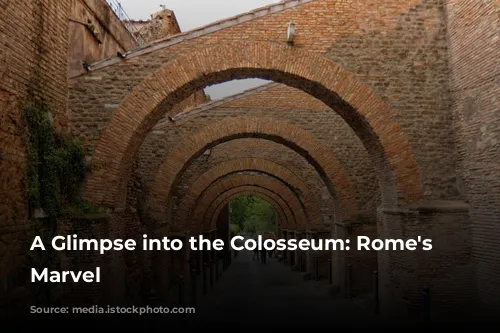
Seating Arrangements: A Social Hierarchy in Stone
The Colosseum’s interior, with its four tiers visible from the outside, was designed to accommodate an astounding number of spectators. Estimates vary, with some claiming a capacity of 87,000 people, while others offer a more conservative figure of 50,000. Regardless of the exact number, the sheer scale of the seating arrangement is awe-inspiring. Social status determined a spectator’s seating location, with the most elite positioned closest to the arena, while the lower classes occupied the higher tiers. The elaborate system of vaults, crucial to the building’s structural integrity, also facilitated easy access and smooth circulation for the massive crowds.
This organized movement, a testament to Roman logistical prowess, continued throughout the arena. Spectators were carefully guided, based on their social status, from their entry points to their designated seats. The corridors were designed to prevent mixing of social classes, ensuring that senators and equestrians never crossed paths, while plebs were confined to their own designated areas.
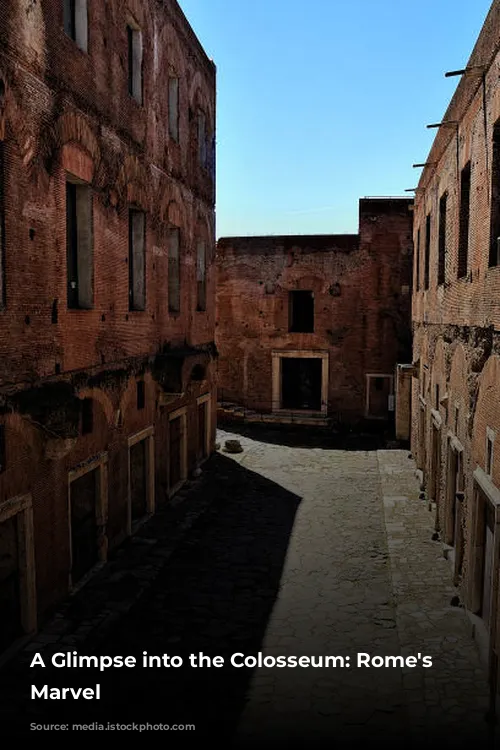
Beyond the Arena: Unveiling the Colosseum’s Hidden Depths
The Colosseum’s grandeur extends beyond its visible exterior and seating arrangements. Its architecture boasts impressive engineering feats, including the “vela,” massive canvas awnings that shaded the audience from the sun’s glare. These “sails,” as their Latin name suggests, required the manpower of a thousand sailors from the Roman navy to control. While the vela capped off the Colosseum’s upper structure, the substructures beneath the arena, known as the “hypogeum,” are equally intricate and fascinating.
The name “hypogeum” itself refers to the sand that covered the wooden arena floor, absorbing the blood spilled during the games. However, beneath this sandy surface lies a complex network of tunnels and chambers. Scholars believe that the hypogeum, in its current elaborate form, is a later addition. Originally, it may have been much simpler, as evidenced by the Roman historian Cassius Dio’s account of Emperor Titus filling the arena with water. The more intricate hypogeum, with its numerous chambers and tunnels, is widely attributed to Emperor Domitian.
The hypogeum served a multitude of purposes, from storing scenery and props to housing hidden passageways. These passageways, equipped with lift systems and trapdoors, created dramatic entrances for gladiators and animals, adding an element of surprise and spectacle to the games.
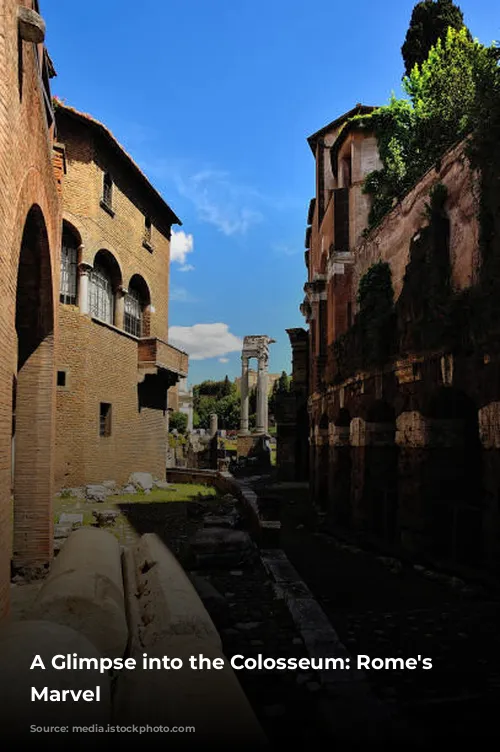
Conclusion
The Colosseum stands as a testament to Roman engineering and architectural ingenuity. From its massive exterior arches to its intricate substructures, every detail of the Colosseum reflects Roman mastery of design and execution. The Colosseum’s purpose as an amphitheater, a venue for brutal blood sports and spectacles of power, reveals a fascinating insight into Roman society, highlighting the social hierarchy and the logistical prowess that defined the Roman Empire. The Colosseum, more than just a ruin, is a window into the past, reminding us of the grandeur and complexity of the Roman world.
